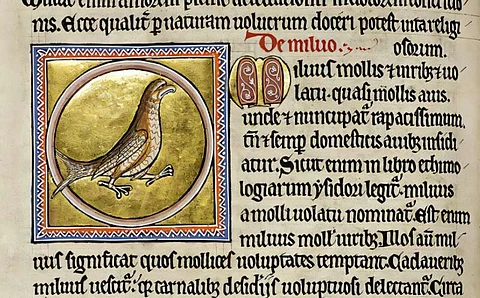

Birds of prey adapted themselves to scavenging from scraps of meat produced by prominent towns in Medieval Britain, a new study has found.
Red kites, buzzards and eagles that lived near towns like Oxford, Winchester and London, fed extensively on scraps, rather than hunting live prey, the study added.
Researchers examined bones from 30 birds — long dead — to piece together the relationship between them and their medieval human counterparts.
The bones belonged to 11 red kites, 18 common buzzards and three white-tailed eagles. These were found at archaeological sites across Britain.
The researchers looked for chemical signatures in the bones and found these to be similar to humans living in the same areas. This suggested that these birds regularly scavenged from rubbish dumps and butchery waste, according to the scientists.
This was especially true of the red kites from Oxford, Winchester and other urban sites. These birds showed the strongest evidence of feeding on human waste, with chemical signatures indicating they ate more processed foods than their rural counterparts, a statement by the University of Reading, to which the researchers belong to, noted.
Juliette Waterman, lead researcher at the University of Reading, said: “Historical records show medieval red kites stole food from markets and snatched morsels from people’s hands. Some kites showed evidence of eating entirely human-sourced food — a diet very different from modern birds, which mainly hunt rabbits and small mammals.”
“Today’s red kites in urban areas like Reading display similar adaptable feeding habits to their medieval ancestors by taking advantage of food waste and scraps left in gardens,” the statement added.
The reason why birds of prey took to scavenging from human settlements was the absence of rabbits in Britain before the Middle Ages set in, according to the study.
The statement concluded that the study could prove valuable for managing growing raptor populations in modern urban areas while maintaining positive public attitudes towards the protected species.
The paper was published on January 16, 2025, in the Journal of Archaeological Science.